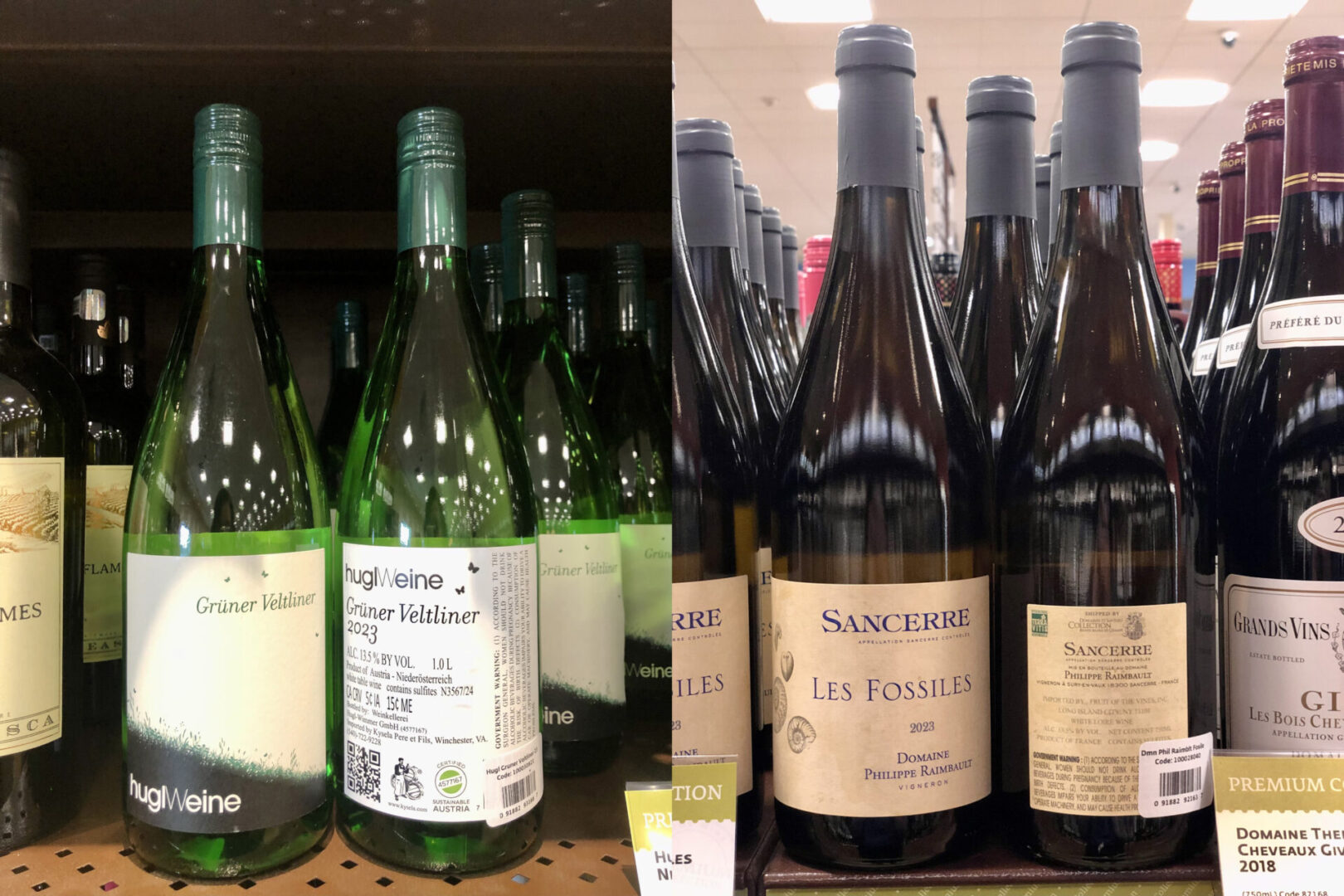CENTRE COUNTY — Walking into a wine shop can be intimidating. With thousands of options available, deciding with little insight can be a challenge.
According to the Pennsylvania Liquor Control Board, in the 2022-23 fiscal year, $1.75 billion of wine and spirits were purchased by the PLCB from more than 350 stateside and international suppliers. The purchases made up a product catalog that had close to 4,300 regularly listed items and 5,100 single-time buys.
While having a wide range of options available means everyone’s palate can be satisfied, it can also make the choice of wine more complicated.
Around 80% of wine buyers purchase a wine based off the label, according to a wine.net survey. A Penn State study revealed in June that a visual sweetness scale on a wine label was likely to increase purchase intent among novice wine consumers. But what should you look for on a wine label? And how do you read labels when countries have different label standards?
Wines are typically identified on the label either by the brand or the region it comes from.
Wines that are identified by brand will typically have the name of the grape variety the brand uses on the front of the label.
Hugl Weine is produced by Weingut HuglWimmer, a family-run winery in Austria. On the front label, the grape variety, grüner veltliner, is listed.
Wine labels in this sense can be “easier” to read than those without a listed grape variety because the grape variety provides insight on what to expect on the nose and palate of the wine. Though the Hugle Weine back label does not provide a palate description like many brand identified labels do, it does reveal the wine is from Niederösterreich, Austria, and is 13.5% alcohol by volume.
Alcohol.com notes that, on average, white wines are around 10% ABV, though they can range anywhere from 5% to 14% ABV, depending on grape variety, wine making style or regional regulations. Red wine will generally range from 12% to 15%. The Hugl Weine wine label reveals that the bottle is on the higher side.
Grüner Veltliner is Austria’s most popular white grape variety and tends to have citrus notes of grapefruit, lime and lemon; some stone fruit notes, like nectarine or apricot; and peppery notes. In the case of Hugl Weine, these tasting notes are not on the back of the label; however, a placard was provided on the shelf with tasting notes and a rating.
Many brand-labeled wines will give the notes on the label or in tasting graphics that show the level of dryness, acidity and flavor profile, as well as pairing ideas. If you cannot find the information, try searching the grape variety online for its common characteristics.
Wines labeled by the region they come from become trickier to decipher on the label, because it requires a certain amount of knowledge about the region to determine what to expect. French wines most commonly are identified on the label by their appellation — the geographical area where the grapes are grown. Appellations have strict rules that dictate how the wine is produced, including the types of grapes allowed, the viticultural practices and the methods of winemaking. Most wine regions and appellations, especially in France, prioritize one or a few grape varieties that they solely use for their wine.
Sancerre, for example, is an appellation in the Loire Valley — a wine region in France. Sancerre’s rules specify that only sauvignon blanc can be used for white wines labeled as Sancerre, and only pinot noir is allowed for red and rosé wines.
Les Fossiles by Comaine Philippe Raimbault, though a branded label, specifically has Sancerre on the front label, implying that what is inside is a citrusy sauvignon blanc. The front label also notes the year the wine was made as 2023. Each wine region will have better years with some years having better weather or growing conditions. Certain grape varieties are also best drunk younger versus older. Most wine shops in Pennsylvania will sell wine when it is in its prime drinking window, so you do not have to worry about putting it away in a cellar for years before you can enjoy it. However, some wines, like a heavy cabernet sauvignon can last for years in a cellar, so the information on the label can guide you as to when you should open it to enjoy.
If you see the word “vintage,” this is in reference to a single year. A nonvintage wine can be made of wines produced in different years.
Ultimately, if making a decision is intimidating, ask for help from a sales attendant, who can use your preferences to help make a selection. However, having a little insight can help make the process easier when on your own.




